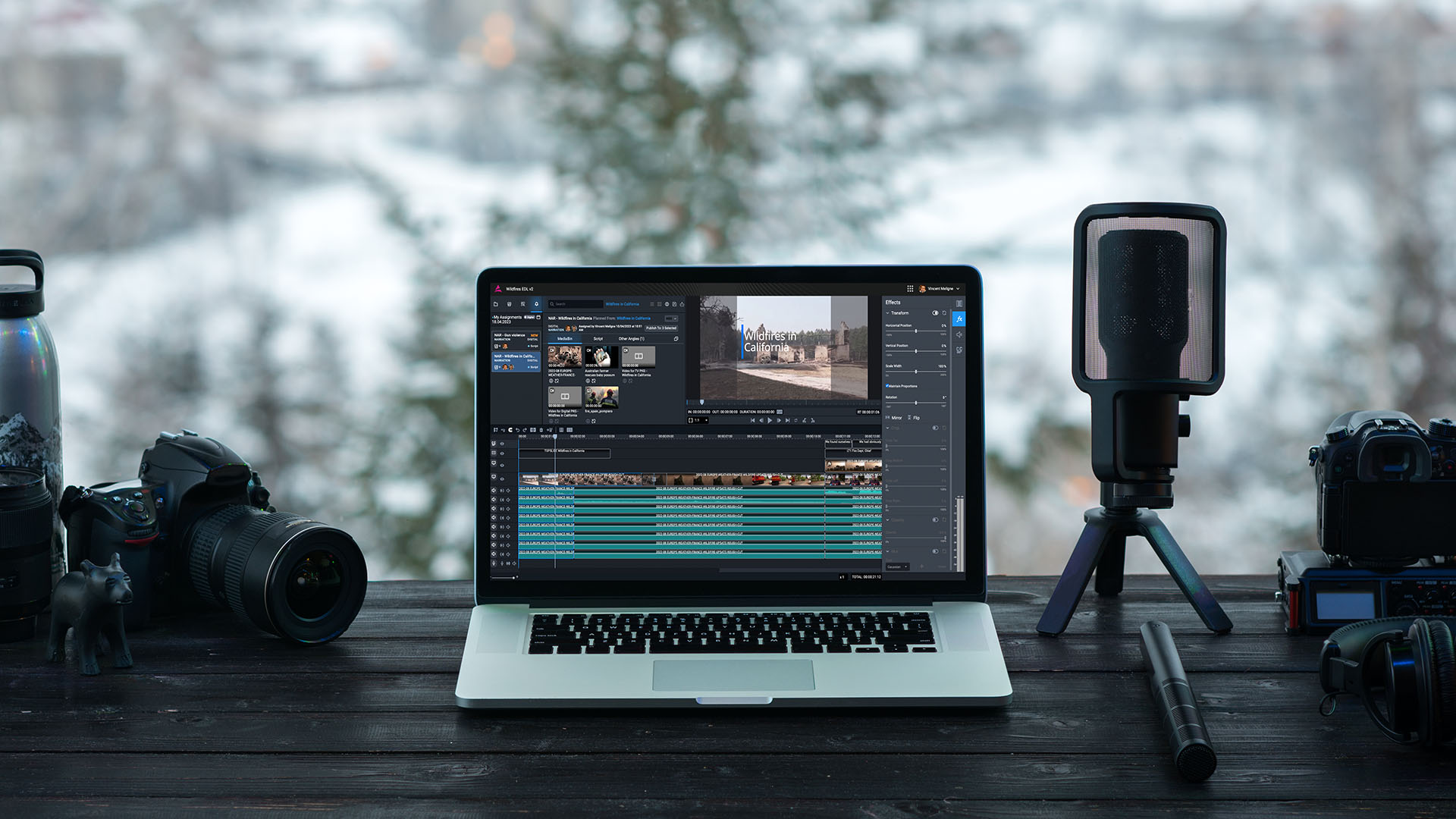Less than 12 months ago we launched this blog. Our objective has always been to provide a platform for sharing knowledge and experiences about the steady evolution of file-based workflows within the broadcast and electronic media markets:
We were optimistic that this would prove to be a valuable communications medium but little were we to know just how successful it has become. Less than a year after its launch, this is the blog’s 100th entry: it will be read by hundreds of subscribers around the world, via email updates and RSS feeds.
So, 100 not out – rather than waving my bat in the air, kissing the wicket or any other exuberant celebrations, let’s look back at a couple of the key industry topics that you have enjoyed reading about the most.
Digital Production Partnership (DPP)
The MXF specification runs throughout AmberFin’s DNA, and as a company we have an obvious interest in this UK initiative. The DPP specification is the first set of MXF Application Specifications to receive national scale adoption, however it certainly won’t be the last. DPP provides a framework that enables the UK industry to come together and share best practice in digital production and help producers and broadcasters maximize the potential of the digital revolution. Also, it leads the standardization of technical and metadata requirements within the UK, helping to ensure digital video content can be easily and cost-effectively distributed to audiences via multiple platforms.
Unified Quality Control (UQC)
Broadcasters moving to file-based production facilities have to consider how to use automated Quality Control (QC) systems. Manual quality control is simply not adequate anymore and it does not scale – this is the opinion of the EBU, which recognized QC as a key topic for the media industry back in 2010.
The following year it started an EBU Strategic Programme on Quality Control, with the aim to collect requirements, experiences and to create recommendations for broadcasters implementing file-based QC in their facilities. Adopting the resulting EBU guidelines enables content owners to take a media file and pass it through numerous third-party QC standards and then to collate the results in a meaningful way.
As previously reported on this blog, the EBU has created a ‘Periodic Table’ of QC tests, which is a visual representation of the different tests that users might wish to implement. Just as users need a visual representation of the tests, they also need a visual representation of the test results, which is exactly what AmberFin’s UQC platform provides.
To enable complete coverage of the EBU Periodic Table of QC tests a user will need more than one QC tool since some specialise in certain areas, but no one QC tool provides every test. AmberFin UQC enables users to select from a broad range of ‘best of breed’ QC systems that provide very specific capabilities and integrate them on a single platform. The results of all the tools are displayed on a single user interface and timeline.
QC is a critical issue which broadcasters and facilities must identify and develop a forward-looking strategy. We hope that you have enjoyed our first century of blog posts. Just like great batsmen, such as Brian Lara and Sachin Tendulkar, AmberFin is set well for an extremely big score – keep watching this space!
Featured in: Content Distribution | Dalet AmberFin | Digital Production | Digital Transformation | DPP | File-Based Workflows | Metadata |
With 30 years in the industry, Bruce looks after Media Technology for Dalet. An engineer who designed antennas, ASICs, software, algorithms, systems and standards, Bruce is best known for being @MrMXF and you can get his book on Amazon.
More Articles By Bruce



